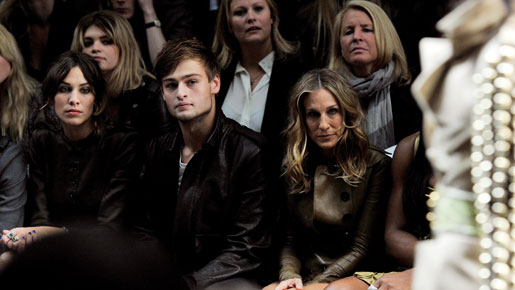
Luxury goods group Burberry beat forecasts with a 23 percent rise in annual profit, boosted by sales of coats and leather goods, and said it was stepping up its expansion despite a tough economic backdrop.
The 154-year-old British group said it would almost double capital spending to £130m ($186m) in its 2010-11 financial year, with a focus on emerging markets such as Brazil, Mexico and India, as well as e-commerce.
Profit before tax and one-off items was a record £215m in the year ended March 31, topping forecasts of £201-208m in a poll.
Sales rose seven percent to £1.28bn, while gross profit margins climbed 760 basis points, boosted by fewer markdowns, and the group ended the year with a net £262m of cash.
Luxury goods firms are recovering from a deep recession, with Italy’s Prada posting a jump in first-quarter revenue.
But analysts fear tax rises and public spending cuts to rein in government debt, particularly in Europe, could hit consumer spending in the months ahead.
“While mindful of the economic environment, Burberry plans to build on its strong financial position by accelerating investment in growth initiatives in retail, digital and new markets,” Burberry Chief Executive Angela Ahrendts said.
Best known for its camel, red and black check pattern, Burberry coped better than most rivals in the downturn by slashing costs and jobs, as well as stocks and ranges.
The group, which runs 131 stores and 262 concessions, lifted its full-year dividend by 17 percent to 14 pence a share.
Its shares have outperformed the STOXX 600 European personal and household goods index by six percent this year.

